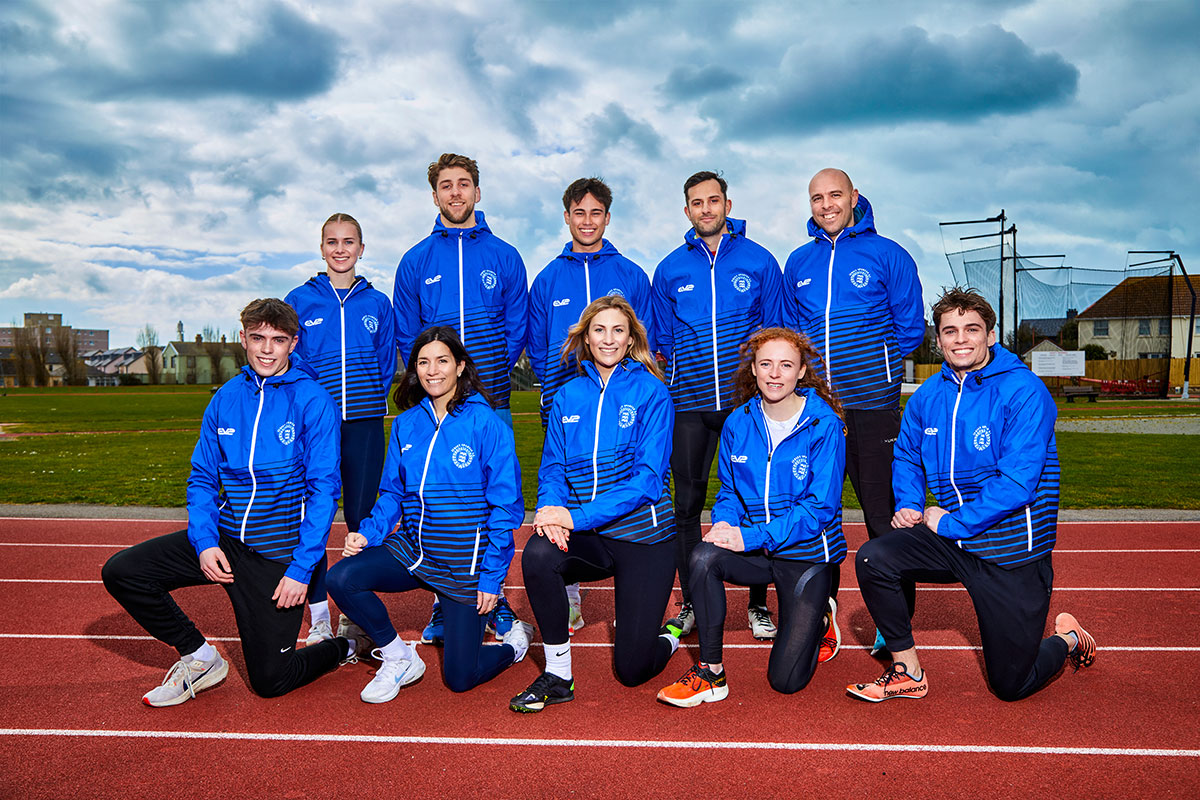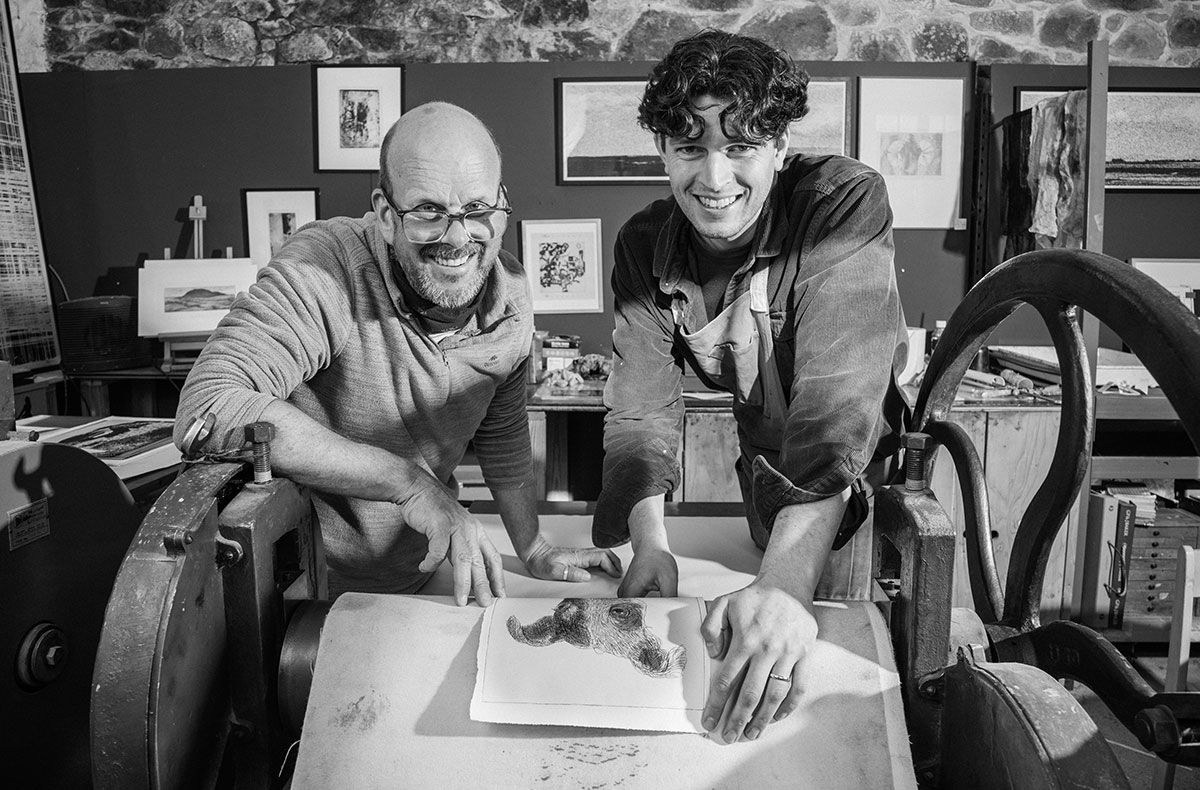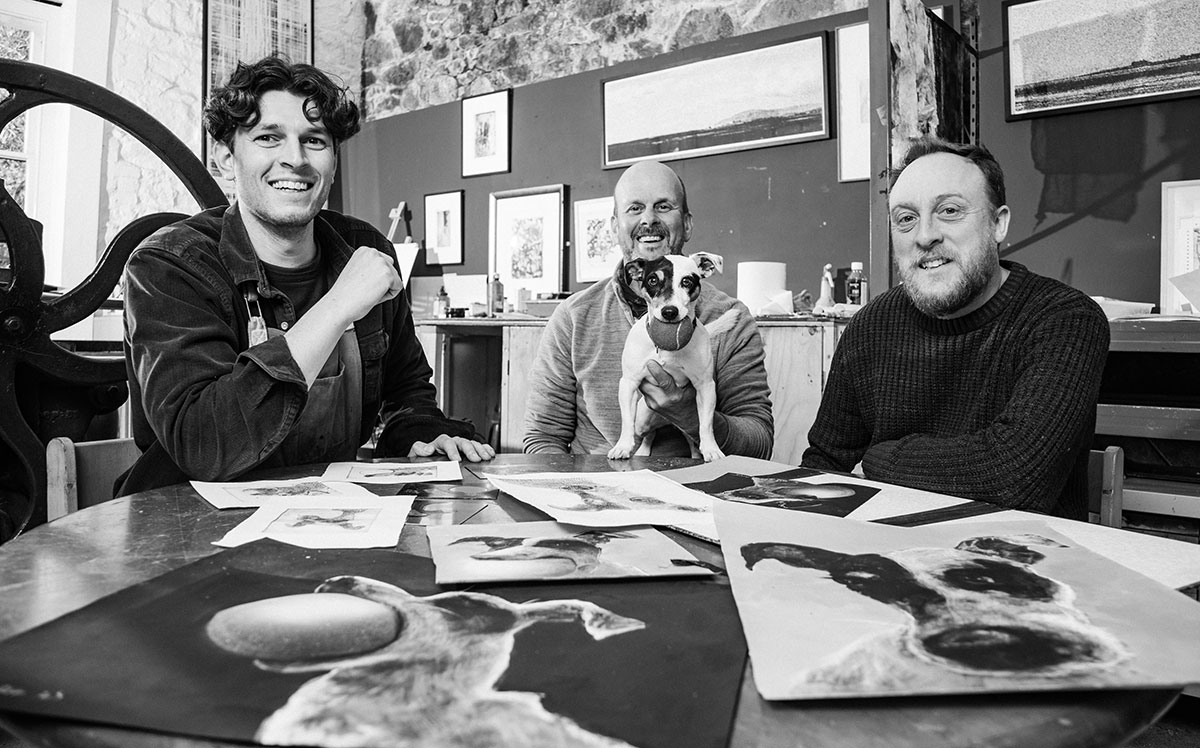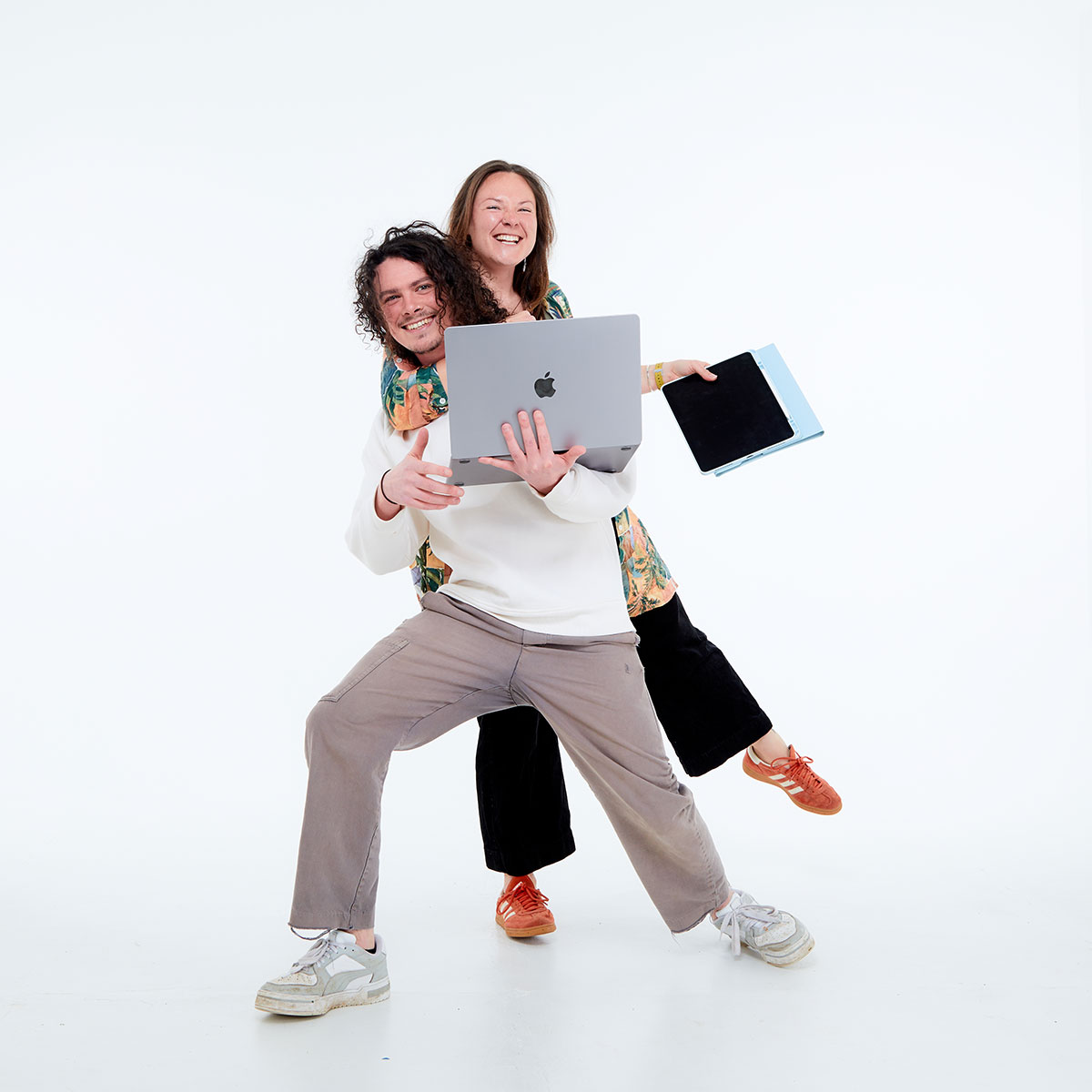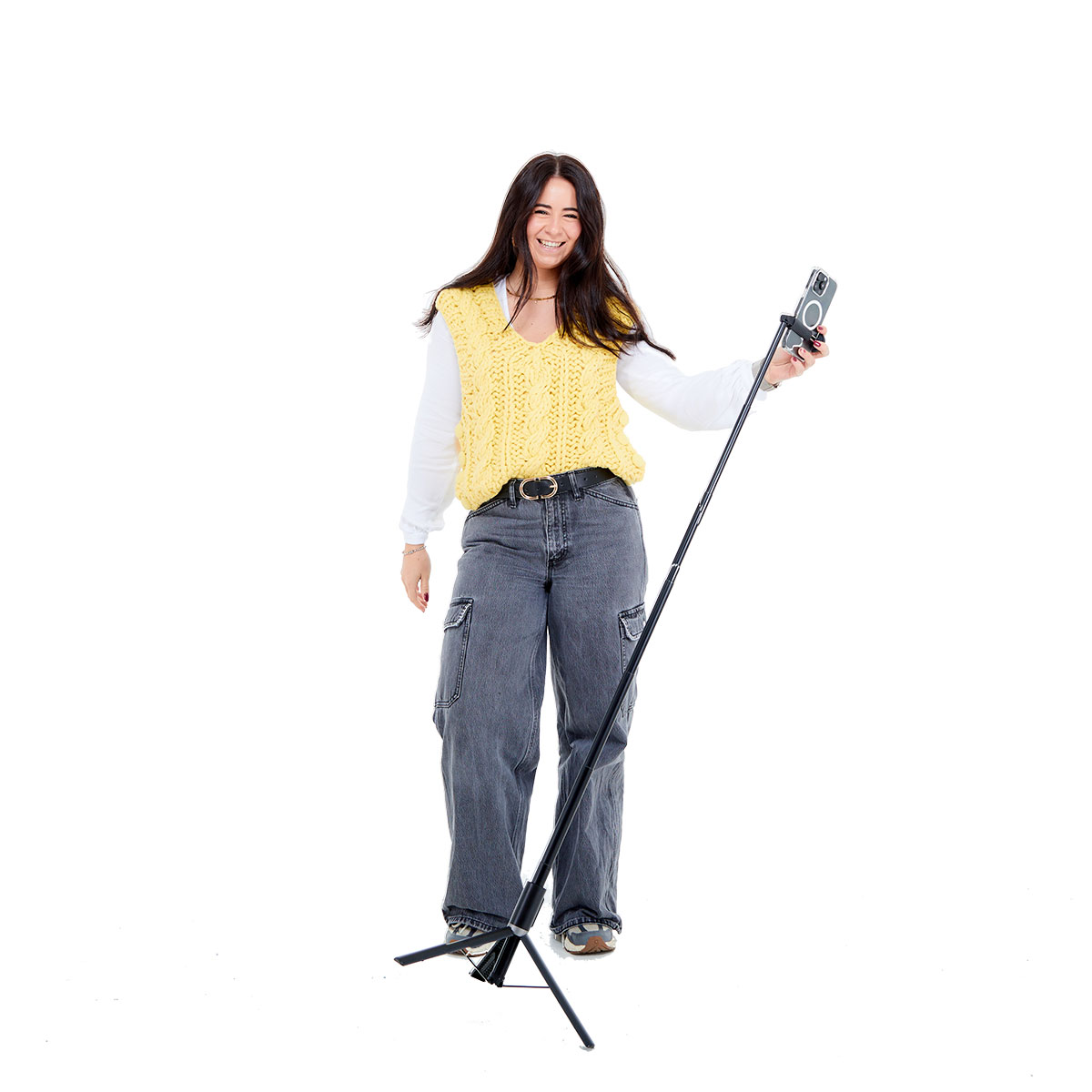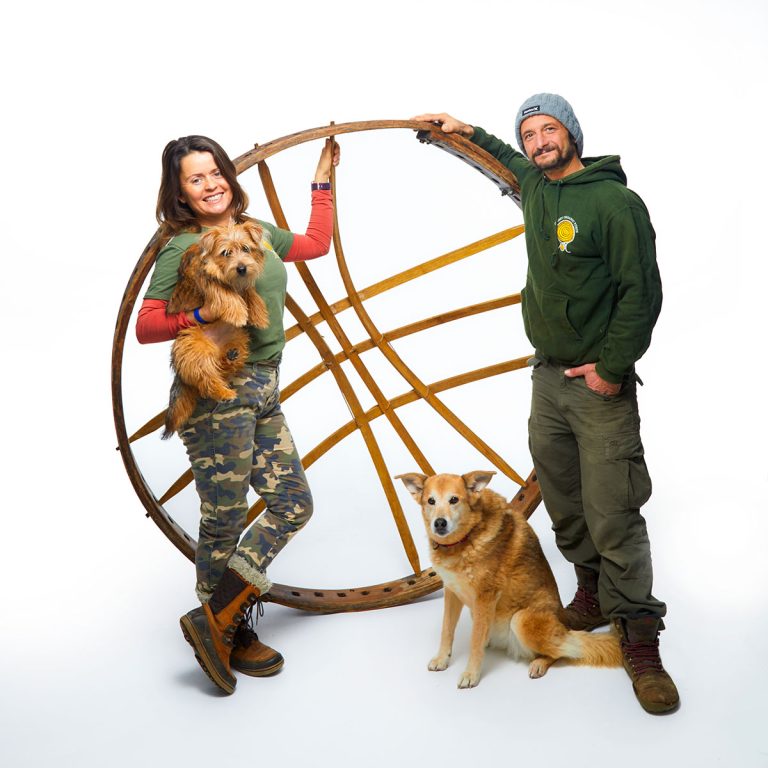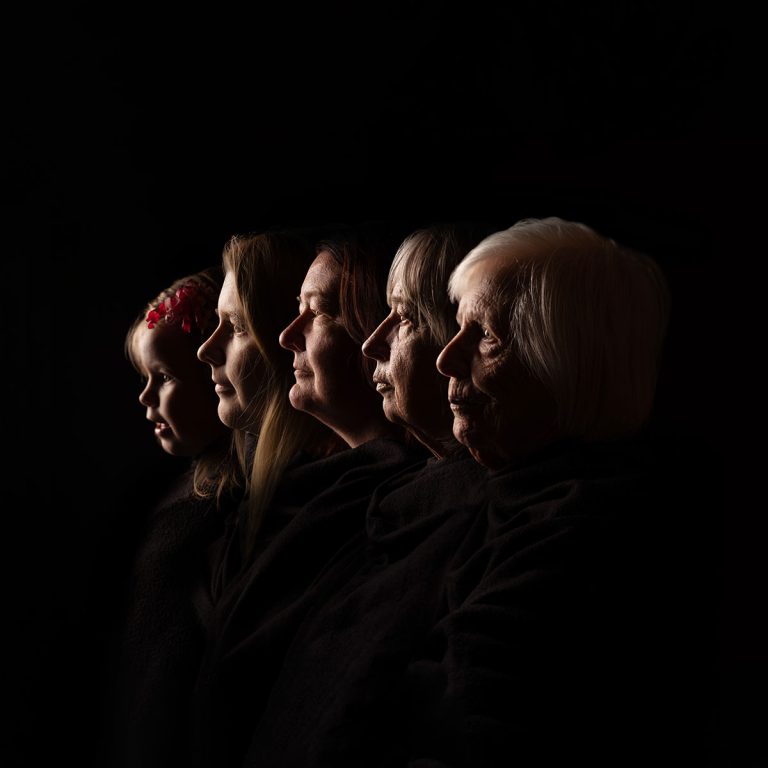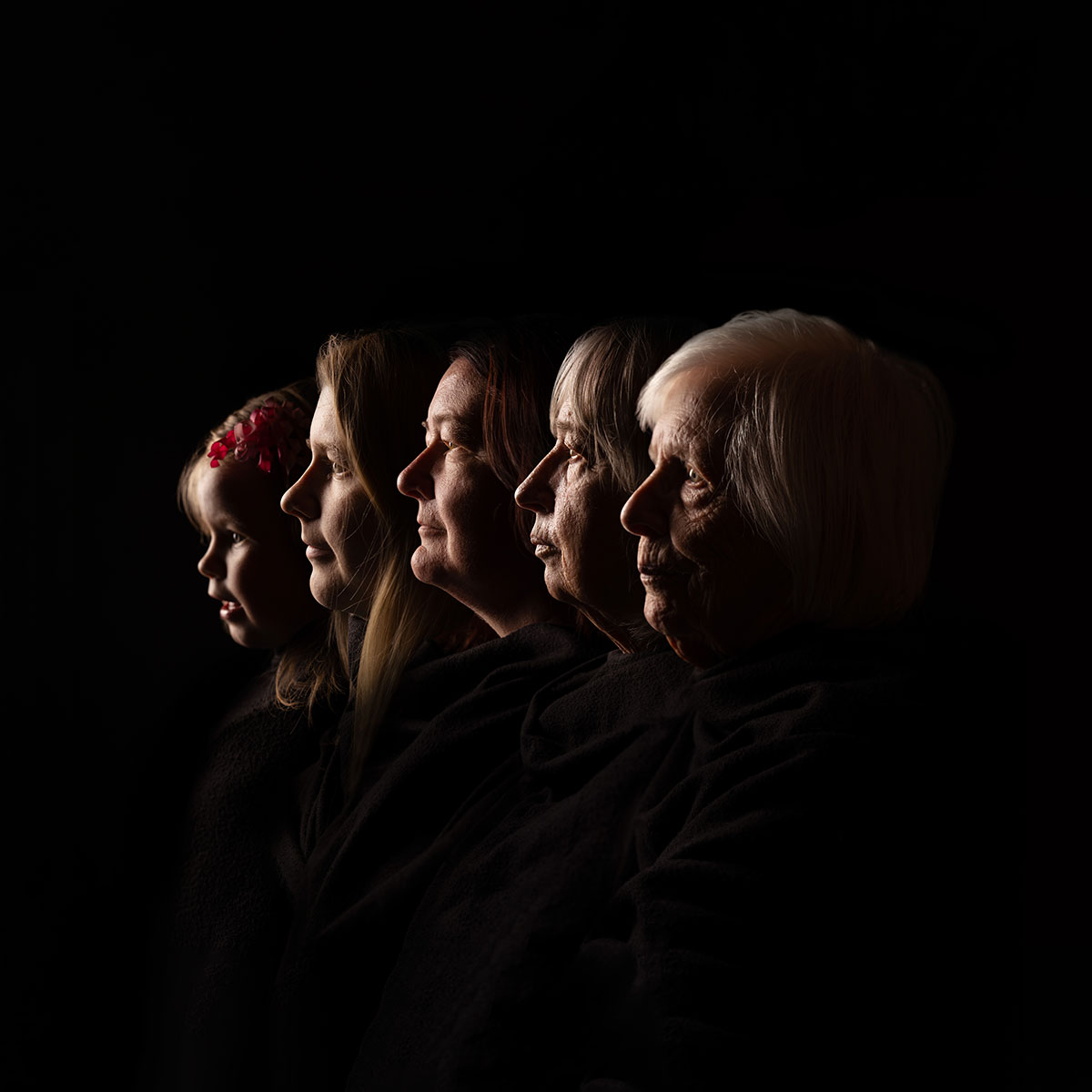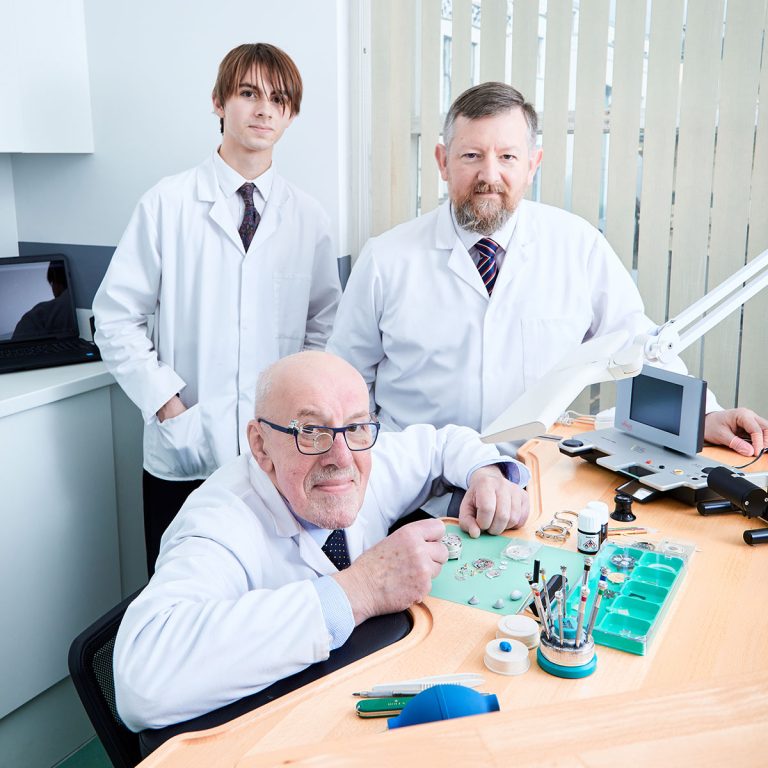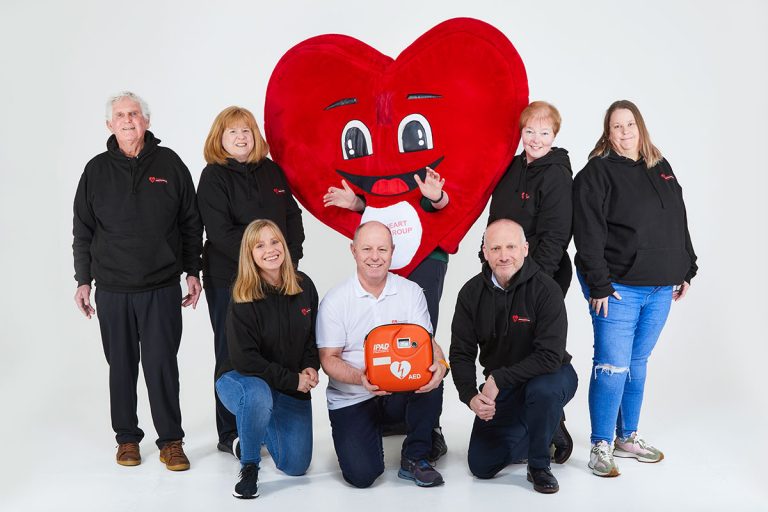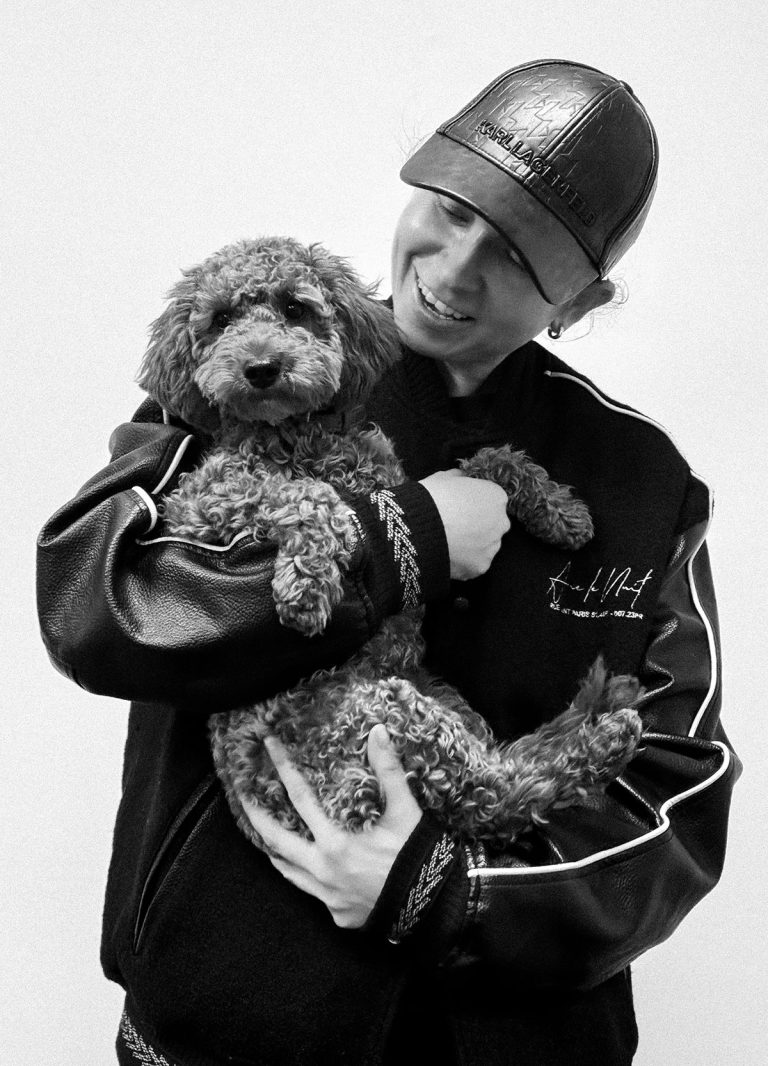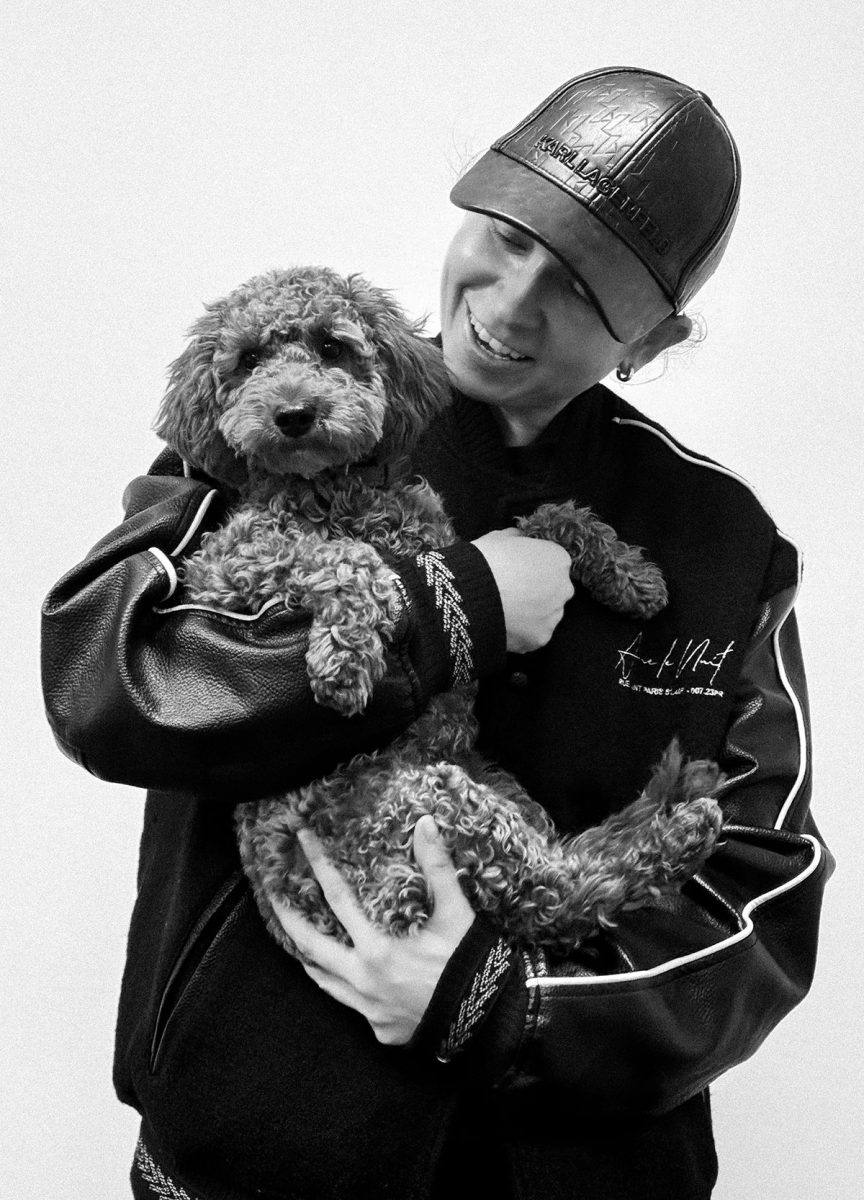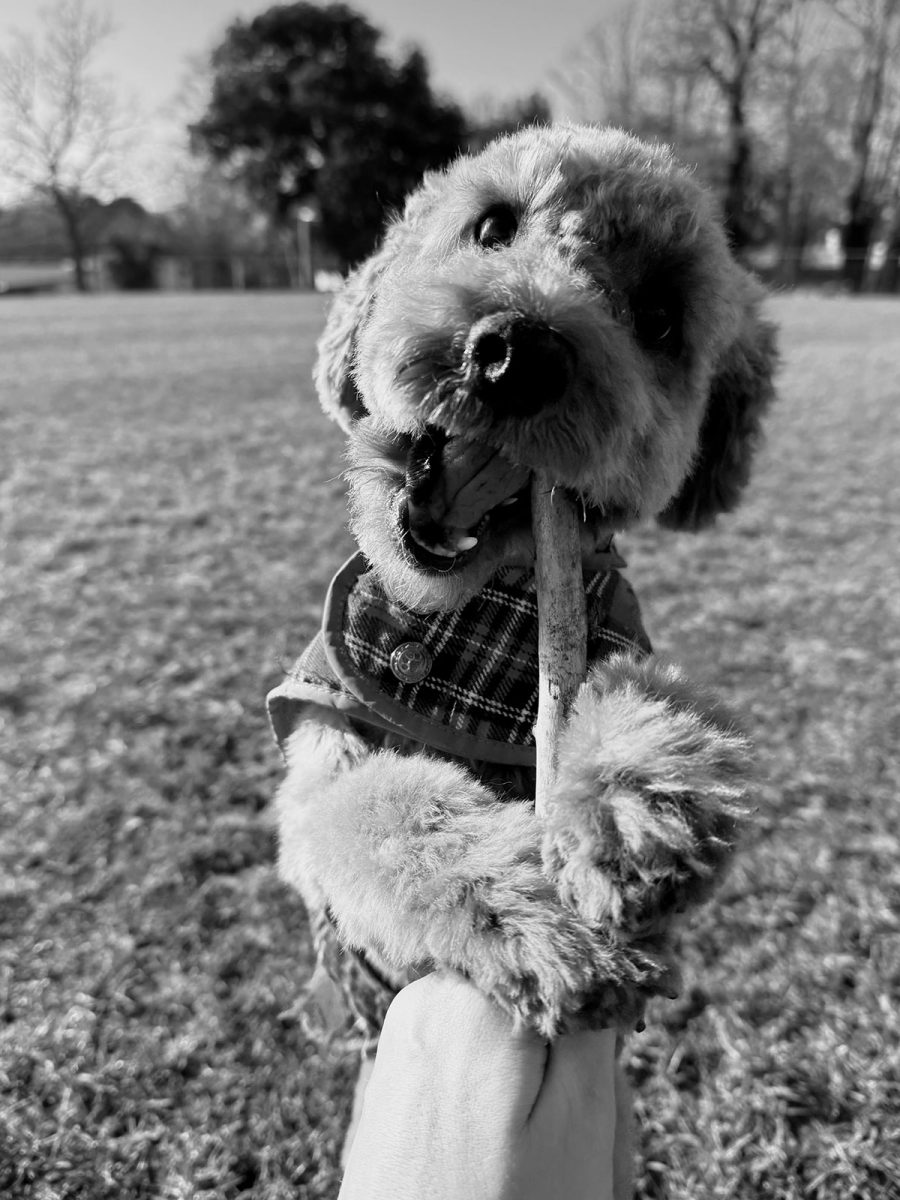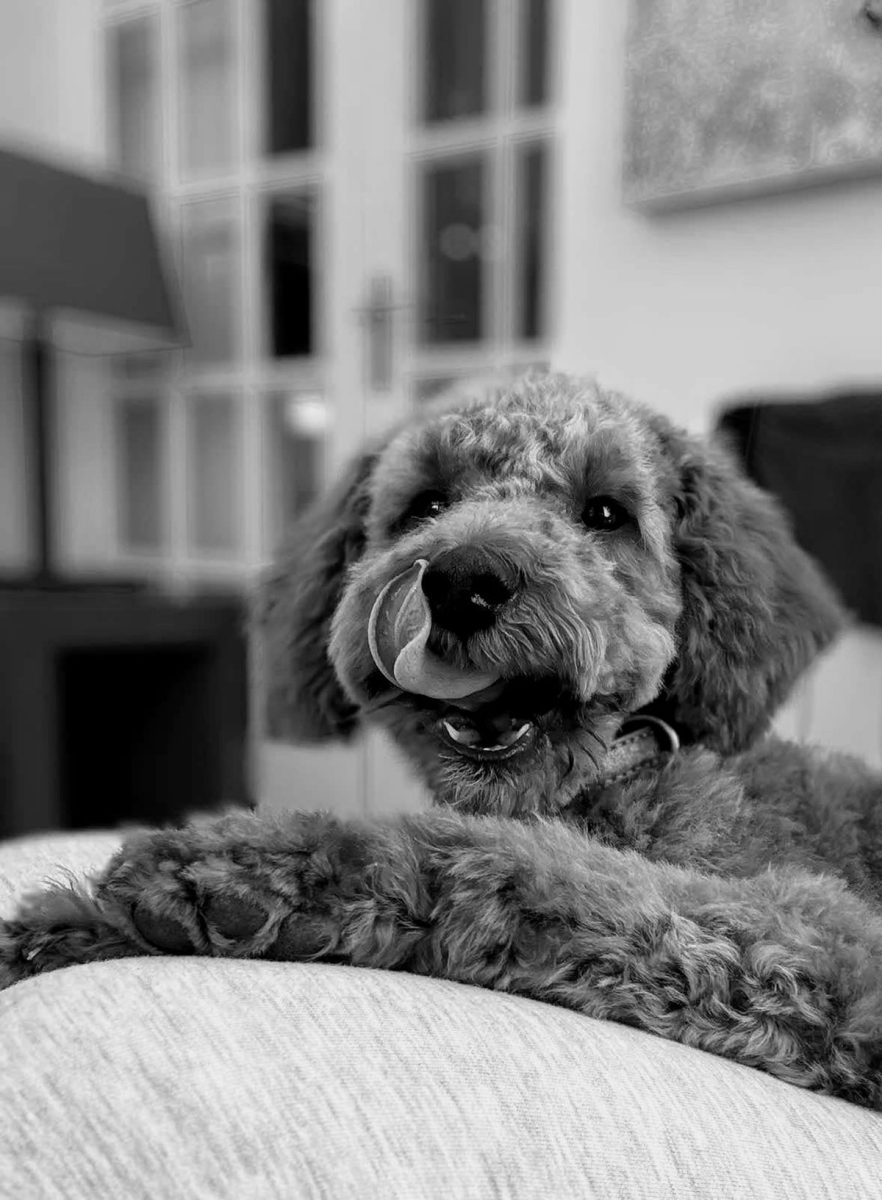
Some days I wake up, open my curtains, and the sun is out. I walk downstairs to make a near-nuclear cup of instant coffee with not a single thought in my brain, before heading out into the garden barefoot, to feel the rays on my face.
Other days I wake up, open my curtains, and – because pathetic fallacy only exists in books and movies – the sun is shining. I think, ‘the light coming through my window has taken eight minutes to travel 186,000 miles per second from the sun, meaning the centre of our solar system could have exploded seven minutes ago and I’d be none the wiser.’ I walk downstairs to make my near-nuclear cup of coffee and as I add the milk I’m reminded that if you went down to the sub-atomic level of this beverage, there are tiny little quarks, blinking in and out of existence at random, completely uncaused by anything, and that this is similar to how the universe supposedly started: a quantum fluctuation with no external cause, rapidly expanding to create space and time, scattering the ingredients of the universe. But if that’s the past, what’s the future? Will all the black holes littering the universe – about thirty more forming in the time it takes to blink – get so big that they’ll be a massive cataclysm where they all smash into each other and destroy everything we’ve ever known? Does it end there, or will it start again? Will there be a point, 13.8 billion years later, when something resembling a human on a planet somewhat resembling earth, will look up to the sky wondering what their purpose is, if there’s a meaning to life, and whether the sun exploded about seven minutes ago?
Like others who attempt to understand the universe after being spoon-fed basic cosmology through the medium of a popular non-fiction book, I can spend a bit too much time down the rabbit hole, thinking about things that are impossible to know that much about. When I met up with Howard Baker – the guy in the library who seems to know everything – I had planned to talk about some of his recent research projects, his favourite periods of history and what his day-to-day life looked like. But no sooner than five minutes in, we started speaking not about what Howard does know, but what he doesn’t. True to his words that he is “encouragingly curious about a perplexing world,” we veered off the topic of human history and went down a tangent into deep time, along with what advice he’d give to a curious person facing what is essentially unknowability.
Trying to obtain complete knowledge is, in Howard’s words, like running on “a treadmill into infinity.” “As I grow older,” he explained, “the more I realise how little I know about everything. When you become aware of that, you become quite humble. You’re facing a contradiction. You’re looking at the unknowable, but trying to know it at the same time. It taunts you. You ask, ‘Why? How?’ And there are no answers.”
“The huge picture – the infinite picture. It’s bewitching. It’s awesome. ‘Awesome’ is a word that’s frequently overused, particularly by surfers,” Howard joked, “but that is what I like, feeling in awe. I’m looking up into the night sky and thinking, it goes on forever and ever and ever.”
“These are topics that even scientists can’t understand,” he added. “They can mathematically prove it, but they don’t really understand it. If a scientist were here right now, they’d say we can’t really get our heads around it. It’s mind-boggling to even think that, at one point, nothing we know existed – no dimensions, no time. How can you get your head around that?”
In the days of modern science, it’s quite easy to fall into the trap of believing we already know everything. To everyone but conspiracy theorists the world is spherical, we can travel to the moon, and there are space telescopes capturing high resolution images of neighbouring stars and galaxies. When you can count and order the planets of the solar system on your fingers and have access to bite-sized overviews of their properties, space can feel pretty digestible. But all it takes is watching a bird’s-eye video zooming out from earth into the expanse of the universe to be confronted with the near totality of your ignorance, abetted by the brevity of your human lifespan. When I asked Howard how he felt about this, he looked at me almost knowingly and said, “I think the danger is that if you’re not careful, you can slide into a dark hopelessness. ‘It’s futile. Why bother? Who cares? It’s all going to end in tears.’ And that’s when the difference between being a pessimist and an optimist comes in.”
“I can’t pretend that I’m permanently an optimist,” he admitted, “sometimes, you can go down into a dark well – the dark night of the soul. But I think that any time you spend down there, it’s a waste of time. It’s destructive, negative. I would say, it’s time to turn your face to the sun.”
He told me that if you spend all your time in your mind, the only outcome is something “quite disturbing.” “If you’re endlessly thinking ‘why or how or what,’ it can be quite worrying. You’re living in a dark world that you don’t really understand.” When you’re constantly evaluating, questioning and finding flaws in what you view around you, it’s easy to fall into a mindset that is perhaps too skeptical. “I sometimes catch myself and have to say, ‘Howard, you’re being cynical.’ It’s okay to think of things in that way,” he added, “as long as you think about things the other way too. You’ve got to be aware of the need for balance.”
“Turn the other cheek. Become aware of the fact that you don’t want to go too far down that road, and make a cognitive decision not to. Try and simply say, ‘I’m going to turn my back on it. I’m going to refuse to allow my mind to be brought down.’”
“Sometimes curiosity can backfire on you,” Howard explained. “In addition to making you aware of how amazing the universe, life and human beings are – curiosity killed the cat. I would suggest that if you spend too much time in your head, there is a danger that you might become obsessive, anxiety-ridden, self-absorbed and disassociate yourself from the rest of humanity.”
“I think a mistake that people very often make is that they perceive the world, looking at it as though they are not part of it,” Howard said. “I’m endlessly reminded that I am a part of it. With all its stupidity and its failings, but also with its grander moments.”
Usually, when someone pursues an interest as wholeheartedly as Howard pursues research, you’d expect it to be quite central to their life philosophy. But for Howard, it takes a back seat to other aspects of life. “I think the joy of being alive is experiencing the joy of being alive,” he said, and when I asked whether this positivity affected his research, he said, “Yes, because I no longer really want to do research. I think, ‘I’m going to go to the beach,’ ‘I’m going to have a swim,’ ‘I’m going to go and talk to people.’” In these moments, wanting or needing to know becomes far less important.
“When I was younger I worked on various building projects, and I thought, ‘This is fabulous. I like the guys I’m working with, we’re out in the open, we’re fit, we’re carefree, it’s a bit of a laugh – I’m loving it.’ I can’t remember ever feeling that sense of joyfulness from research.”
Howard told me that if you were to imagine deep time as analogous to the length of St Catherine’s Breakwater, human beings would only come into the picture once you’d reached the final lick of paint at the end of the railings. With our knowledge of the entirety of human history being patchy at best, this visual puts the quest to understand the universe into perspective.
“Why do you need to know?” Howard asked. “Sometimes, if you’re meditating or if you’re in a very relaxed state, you’re in a place where you’re not seeking knowledge. You don’t need to. You’re in a quiet place, where knowledge doesn’t really have such an effect.” He went on to say that the most profound knowledge he has encountered wasn’t found in books or research. “On the odd occasion when you’re confronted by the knowledge that somebody loves you, that is the most amazing experience I’ve ever had. That’s got to be one of the highest points of human awareness – to be aware of love.”





